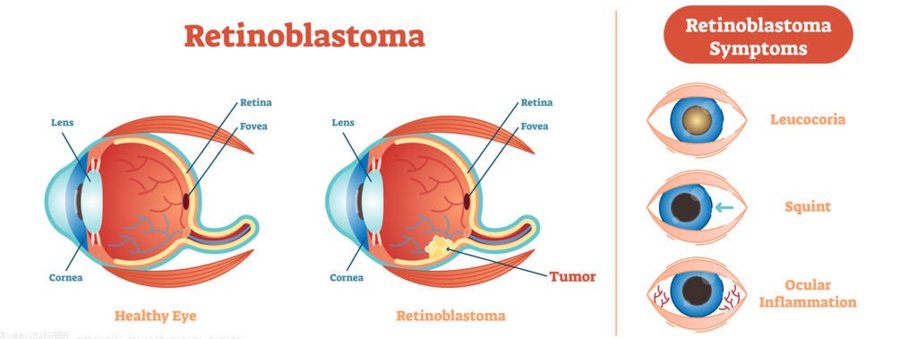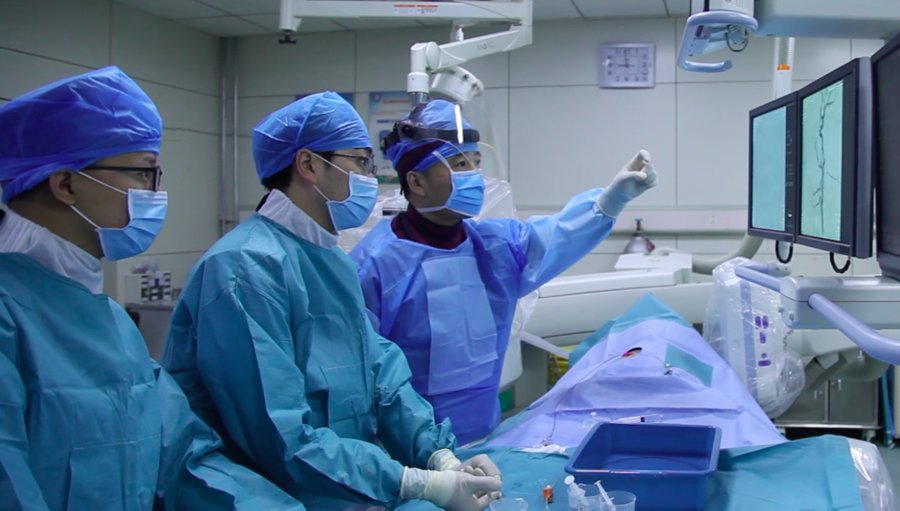Reporter Han Hongli Correspondent Sun Jiali
On an ordinary working day, the interventional operating room and the inpatient building of the Children’s Hospital Affiliated to Shandong University (Jinan Children’s Hospital) were endlessly The Jedi were running around with some doctors and nurses, busy as usual, busily transporting the little patients who needed surgery today to and from the ward and the operating room.
In Hemangioma and Interventional Vascular Surgery, seven children ranging from 8 months to 6 years of age were operated on, but they all suffered from a common disease – retinoblastoma, commonly known as “eye cancer”. “.

(picture from internet)
So what is retinoblastoma? What kind of treatment is needed?
Let’s listen to what Guo Lei, director of hemangioma and interventional vascular surgery said:
“Retinoblastoma (RB) is the most common intraocular tumor in children. One of the malignant tumors, it can occur in one eye and one eye, and there are 1100-1500 new cases of retinoblastoma in my country every year. Superselective ophthalmic artery infusion chemotherapy is currently an internationally recognized first-line treatment for retinoblastoma. The direct infusion of chemotherapeutic drugs into the target tumor of the eye through the microcatheter can significantly improve the prognosis of retinoblastoma and greatly improve the patient’s eye preservation rate.”
“This type of interventional surgery is a limited-time surgery, but some still require emergency surgery. We must pay close attention to children with malignant tumors who have low relative resistance and cannot be delayed.” Director Guo Lei reminded again .
What is the effect of retinoblastoma interventional surgery?
Director Guo Lei introduced in detail: “At present, our hemangioma and interventional vascular surgery team has successfully completed more than 1,500 interventional surgeries for retinoblastoma. The central eye protection rate reaches 84.87%. In addition, the department has introduced the most advanced large-scale double CDSA equipment in the world, and is also equipped with complete image enhancement, 2K×2K image display, extreme high-definition 3D imaging, intelligent low-dose radiation protection, and life detection facilities , greatly reducing the intraoperative radiation dose, and with the cooperation of a professional pediatric medical team, not only can the operation success rate, perfusion efficiency, reduce operation time and perfusion pressure, but also successfully achieve a clearer intraoperative image and faster superselection. , targets with fewer complications”.

Finally, after more than 8 hours of efforts by 5 interventional doctors, 2 anesthesiologists, 3 interventional nurses and 1 technician, 7 The super-selective ophthalmic artery infusion chemotherapy for the children with “eye cancer” (9 eyes) was successfully completed. The time for anesthesia, awakening, pulse infusion and sheath removal accounted for two-thirds, and a total of 14 trips to and from the ward and the operating room were made. .